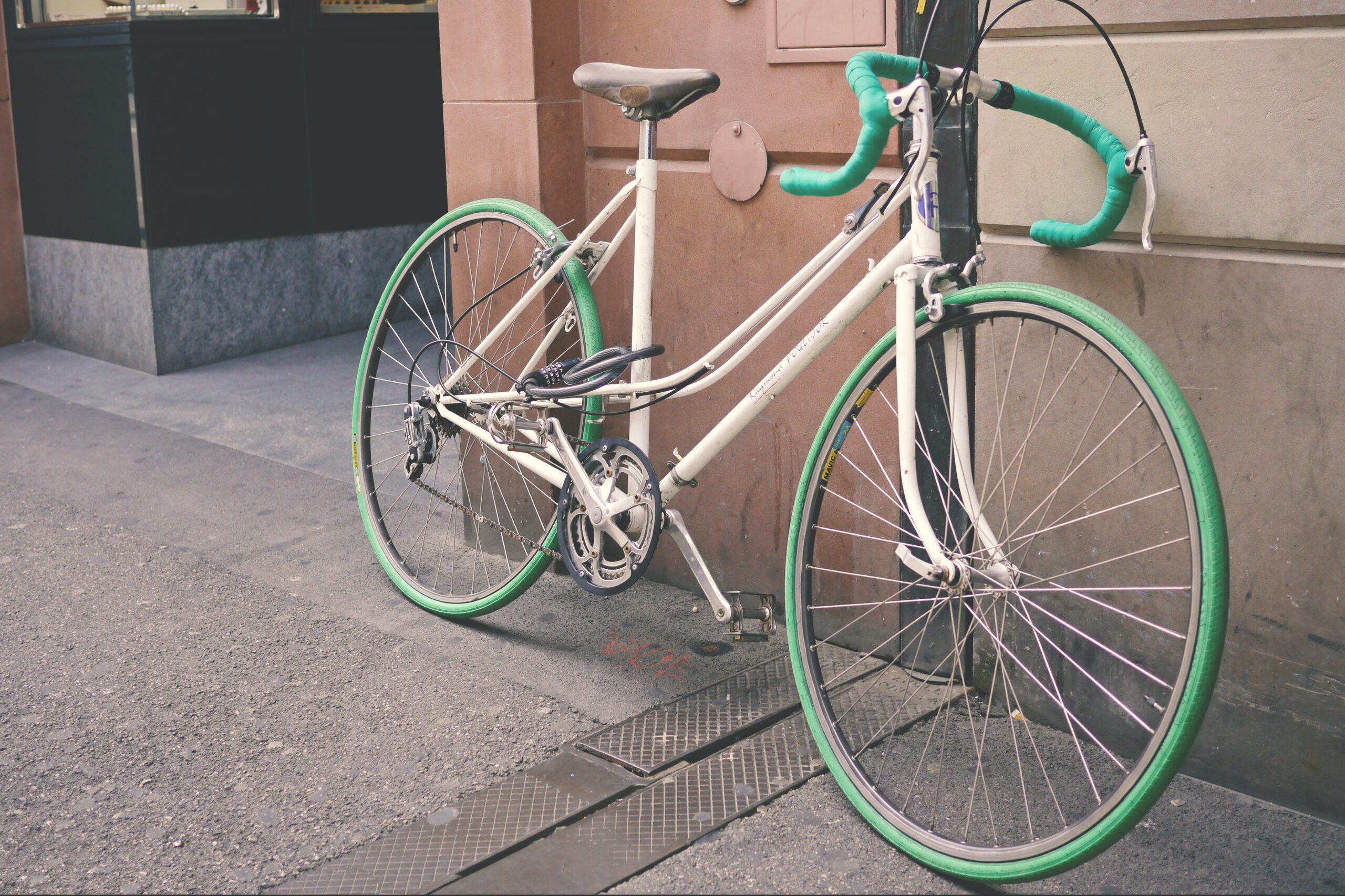Many people believe they will never be able to ride a bike if they never learn to do so as children. Fortunately, this is not the case, and training an adult to ride a bike doesn’t need to be a difficult or tedious endeavor! You only need a teacher that is willing, an open area, and a functioning bicycle.
As their trainer give the learner as much time as necessary to feel secure and at ease when learning to ride a bike. Be patient and supportive. There is no better time than now to learn how to ride a bike if you don’t already! Even if you’re an adult, you might be reluctant to give it a shot, but we assure you that you won’t regret it.
Being active while having fun is another reason to ride a bike every day. but it can also make you healthier in general. In the end, learning to ride a bike as an adult is no tougher than learning to ride a bike as a child, so long as you follow the same step-by-step procedure and get rid of any adult anxiety or dread.
A bike and a secure, open area, such as a park or empty parking lot, are all you need for practice. The methods listed below will help you quickly learn how to ride a bike.
1. Identify the right fit

Verify that you can stand over your bike without the top tube resting against you before continuing. If not, you might require a lesser size. A proper bike fit is crucial and very beneficial. perhaps you require a lesser size. If you can, get a professional bike fit; it’s crucial and really beneficial.
Once your feet are on the ground, lower the seat. Reaching the handlebars and brakes should be easy for you. With your feet flat on the ground and your crotch at least a few inches above the frame, you should be able to straddle your bike. A comfy bike will be simpler to steer and control.
2. Make sure the bicycle functions properly.

Examine the tires for signs of wear and add air if necessary. You should grease the bike chain and make sure the saddle and handlebars are fixed. Ensure that both brake levers function properly.
3. Learn to jump on and off.
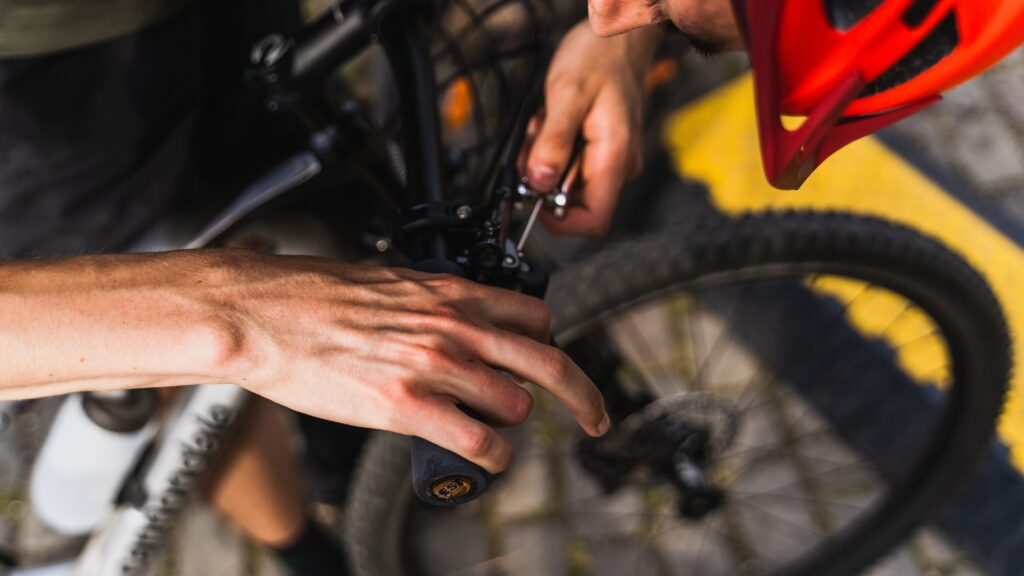
In order to mount the bike without it rolling or wobbling, tilt it toward you (to the side). When getting off the bike, apply the brakes once more.
4. Become accustomed to braking
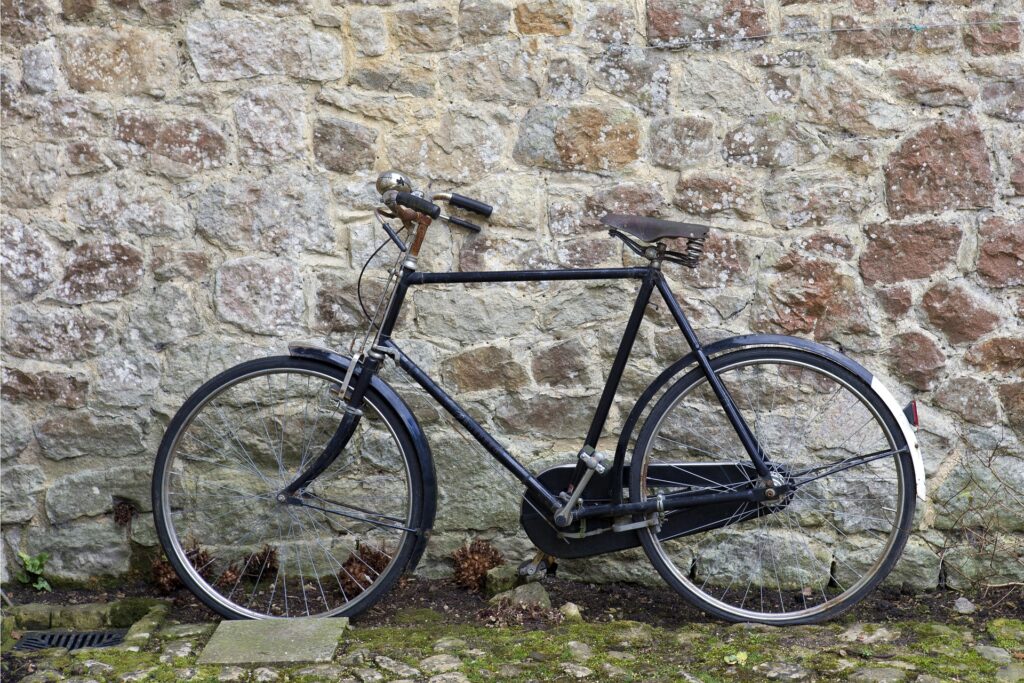
mastering the technique of braking will boost your confidence right away. Push your bicycle along the sidewalk while practicing applying the brakes to halt. Make sure both brakes are being applied with equal force.
5. Take up gliding
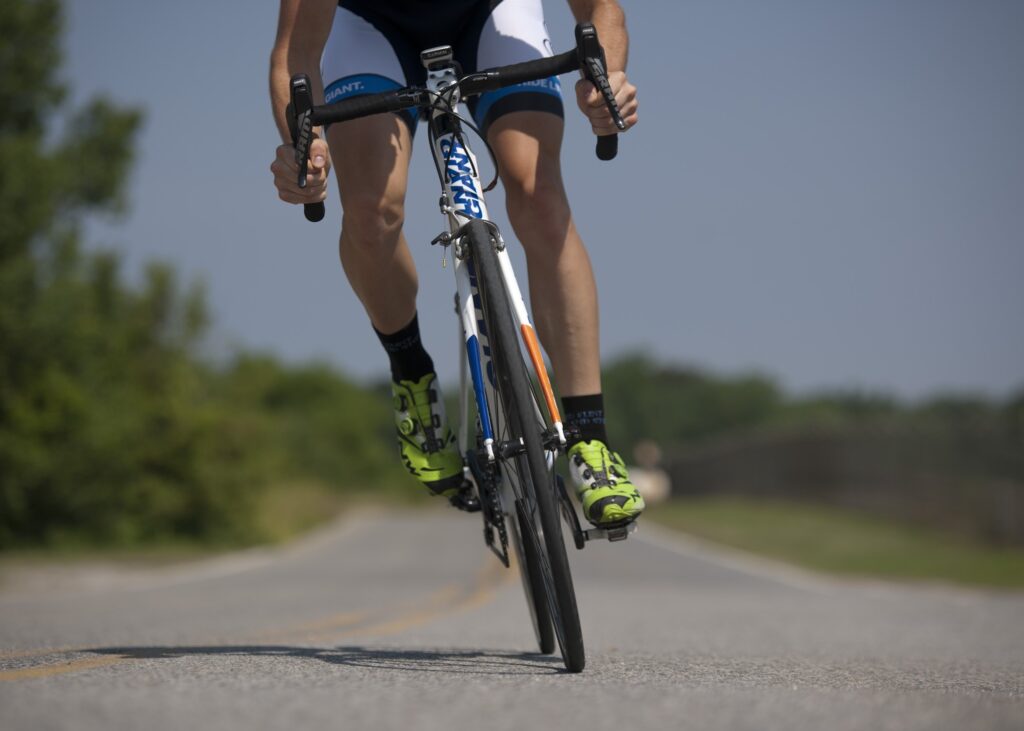
You are now prepared to move. Practice the “balance method,” which entails using your feet to move the bike. Scooting along teaches you how to balance on two wheels. “The objective is to push off and maintain your foot lift for as long as you can. Put both feet down and restart if you need to put one down to get your balance back. you are prepared to start pedaling once you can move along without touching your feet to adjust yourself. Up till you can maintain your feet up for three seconds, practice your glide.
6. Keep your equilibrium and clear sight.
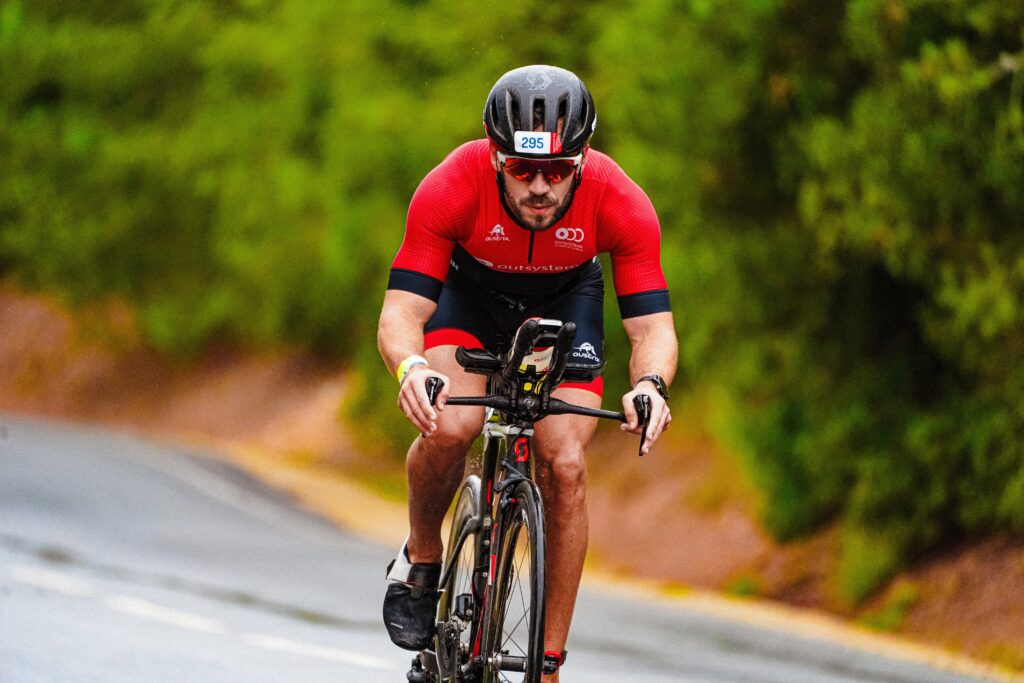
If you’ve previously ridden a scooter with both feet, you must have been able to maintain equilibrium on two wheels. Anything that includes balance is good.
Instead of concentrating on things you need to avoid, look in the direction you wish to travel. Keep your eyes up and look forward, never down. You can keep your equilibrium and follow your line of sight with its assistance.
7. Practice the start pedal
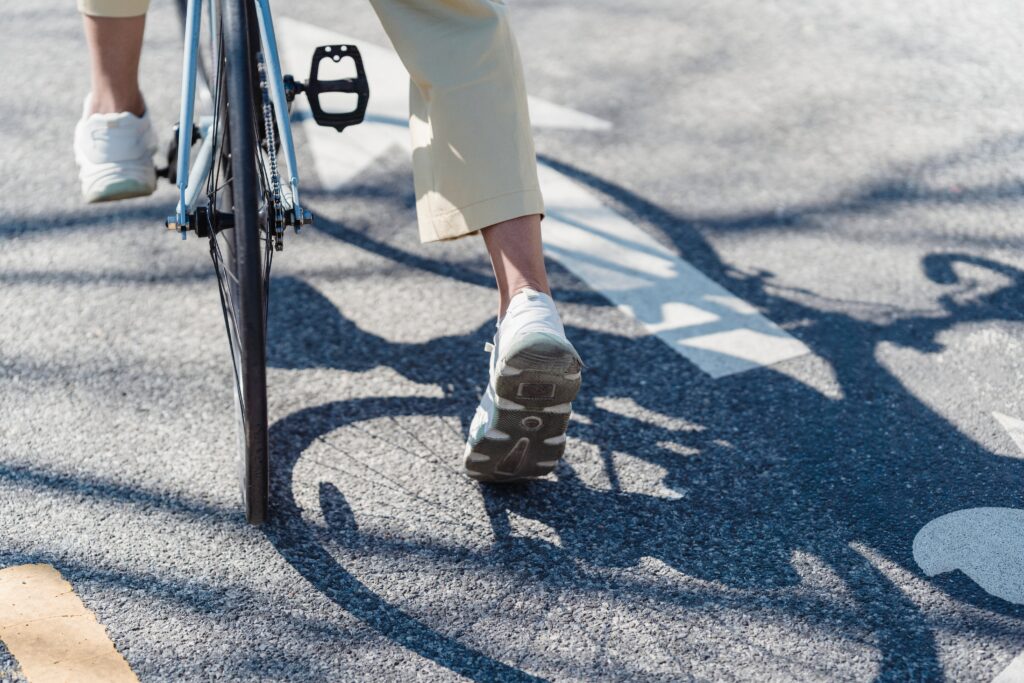
You’re ready to pedal once you’ve mastered balance when gliding, braking, and steadying your vision. To give yourself some momentum when you push off, begin with one foot on the ground and the other foot on a pedal at the two o’clock position.
Then, as you advance, add your second foot and depress the pedal. You’ll observe that maintaining your balance becomes simpler as you pedal more quickly. Circular-pedal training at the park would help.
Once you feel more confident, get off the bike and raise the seat so that your feet only slightly bend as they approach the pedals. Until you master it, practice navigating cones or other obstacles. You’re on a bicycle!
Summary
Practice turning and steering after you can ride a bike for longer periods of time. Aim to perform figure-eights. Prior to making smaller turns, do a wide turn. The majority of people typically find that turning to one side is considerably simpler than the other.
Try not to move too quickly when learning how to make a controlled turn. Predict the turn, cruise while easing off the pedal, make the turn, and then pedal when you come out of it.
It takes time to become a bicycle rider. Even though you might not be able to ride completely in one day, you can with practice. You will also experience that “a-ha” moment when everything clicks into place and you will start pedaling.

